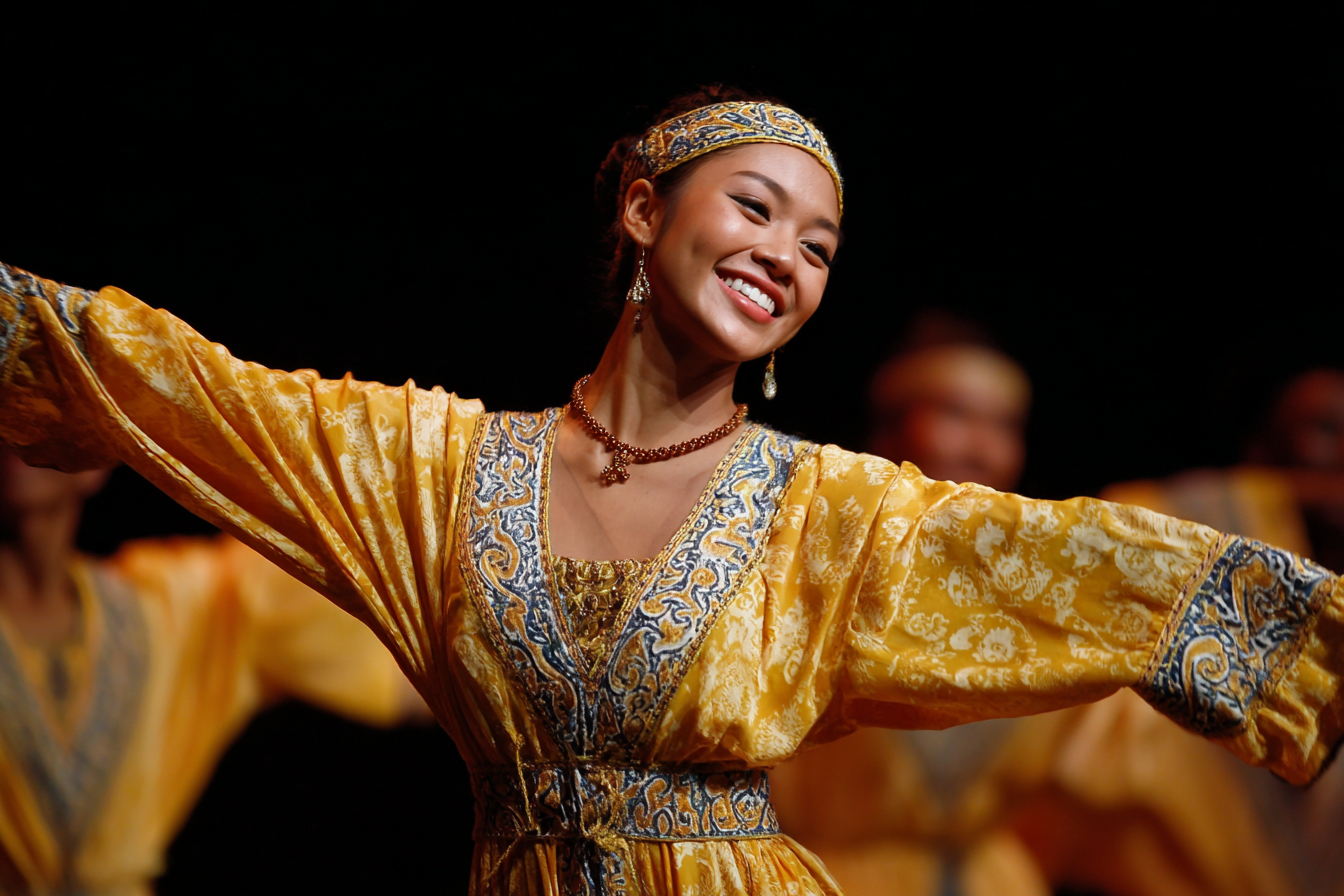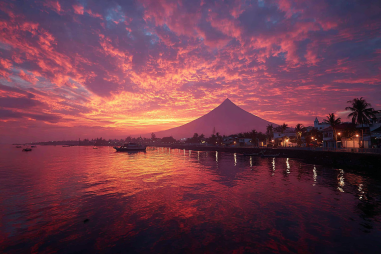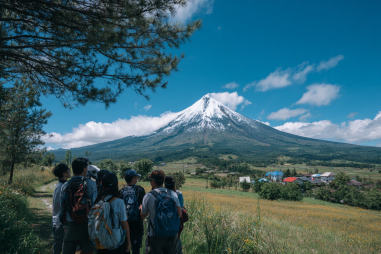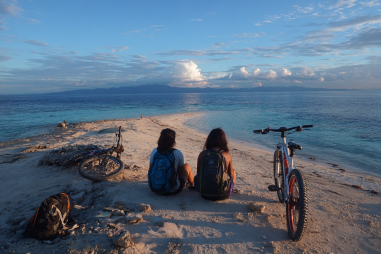Dumaguete, often called the “City of Gentle People,” is not only known for its laid-back ambiance and stunning natural scenery but also for its vibrant cultural scene. Nestled on the island of Negros in the Philippines, Dumaguete boasts a rich tapestry of history, art, and tradition that beckons curious travelers to explore beyond its shores. Whether you’re fascinated by local history, eager to dive into colorful festivals, or interested in witnessing the artistic flair of the region, Dumaguete offers a wealth of cultural attractions that are sure to enrich your travel experience.
Overview of Cultural Sites
The cultural landscape of Dumaguete is diverse and inviting. From its historic buildings that tell tales of colonial influences to the lively creative hubs where local artists showcase their talents, the city is a melting pot of cultural expression. Visitors can stroll along Rizal Boulevard, appreciating sculptures and street art, or delve deeper by visiting museums that preserve and display the region’s heritage. Churches, government buildings, and plazas contribute to the city’s charm, offering glimpses into its colonial past and present-day community spirit. Dumaguete’s cultural sites are not just static landmarks—they are living parts of the community where traditions are kept alive and shared.
Museums and Galleries
For travelers who wish to immerse themselves in Dumaguete’s history and art, several museums and galleries provide rich insights.
Rizal Boulevard and Silliman University Anthropology Museum
The Silliman University Anthropology Museum is one of the oldest museums in the Philippines and a must-visit. It holds an impressive collection of artifacts that spotlight the indigenous cultures of the region, archaeological finds, and the area’s natural history. This museum gives visitors a fascinating historical context, showing how the community has evolved over centuries.
Negros Oriental Arts and Heritage Museum
Another gem is the Negros Oriental Arts and Heritage Museum. Located within the Silliman University campus as well, it specializes in showcasing local art, antique items, traditional costumes, and crafts. Visitors can gain a deeper understanding of the artistic flair and cultural narratives that have shaped the region.
Local Art Galleries
Beyond museums, Dumaguete is home to numerous small art galleries scattered around the city, particularly near the university area. These galleries often feature works by local painters, sculptors, and photographers, offering contemporary perspectives on Filipino culture. Many of these galleries serve as community hubs where workshops and exhibitions are held, allowing visitors to interact directly with local artists.
Theaters and Performance Spaces
The performing arts play an essential role in Dumaguete’s cultural scene. The city’s theaters and open-air spaces provide platforms for a variety of performances ranging from traditional dances and music to modern plays and concerts.
Silliman University Theater
A notable venue is the Silliman University Theater, which regularly hosts theatrical performances, recitals, and cultural presentations. It is a vibrant space where students and professional artists come together to celebrate both indigenous and contemporary Philippine arts.
Rizal Boulevard Open-Air Stage
On weekends and during special occasions, the Rizal Boulevard open-air stage often features street performances, cultural shows, and live music. This lively atmosphere allows visitors to experience cultural performances in a casual, festive environment, often mingling with locals.
Local Art and Craft Traditions
Dumaguete and its surrounding areas have a rich tradition of craftsmanship that reflects the skills and creative spirit of its people. Traditional weaving, pottery, and woodcraft are among the crafts that have been passed down through generations.
One of the most celebrated local crafts is the weaving of the “Piña” fabric, made from pineapple leaves. This delicate, hand-woven material is used in the creation of traditional Filipino garments such as the barong tagalog and the terno. Visiting local artisans allows travelers to witness the intricate process and appreciate the patience and skill involved.
Pottery is another significant tradition, with many communities crafting clay pots and decorative ceramics that showcase indigenous designs. Woodcraft, including carving and furniture making, also thrives here, reflecting a deep connection to natural resources and cultural symbolism.
Festivals and Cultural Events
Dumaguete’s cultural calendar is dotted with festivals and events that celebrate its heritage, faith, and artistic traditions. Participating in these events is a wonderful way to experience the city’s vibrant spirit firsthand.
- Sandurot Festival: This is Dumaguete’s annual festival held in October, celebrating the city’s history, culture, and hospitality. It includes parades, street dancing, and various cultural presentations that showcase local folklore and artistry.
- Buglasan Festival: Known as the “Festival of Festivals” in Negros Oriental, this week-long event gathers various towns, including Dumaguete, to present their unique cultural dances, music, and crafts in a grand spectacle.
- Foundation Day Celebrations: Marking the city’s founding, these celebrations feature cultural shows, exhibits, and feasts highlighting the customs and culinary traditions of the region.
Throughout the year, there are also smaller events, such as art fairs, theater productions, and music festivals that visitors can enjoy. Local churches also hold fiesta celebrations with religious processions that offer insights into both faith and culture.
How to Participate and Visit
Engaging with Dumaguete’s cultural attractions is both easy and rewarding. Many museums and galleries have welcoming staff who offer tours and explanations, making it accessible for travelers of all ages and backgrounds. For live performances, checking local calendars or asking at your accommodation can help you catch shows and community events.
When participating in festivals, it’s a good idea to wear comfortable clothing and be mindful of local customs. Taking part in community dances, trying local foods, or even joining workshops on crafts or music can further enrich the experience.
For those interested in local crafts, visiting artisan markets and cooperatives not only supports the local economy but provides a chance to bring home unique souvenirs. Remember to engage respectfully with artists and craftspeople—many are happy to share the stories behind their work.
Transportation within Dumaguete is convenient, with tricycles and jeepneys readily available to take you to cultural sites. Many attractions are centrally located, making walking a pleasant way to explore the city’s environs while soaking up its charm.
Finally, Dumaguete’s friendly residents are among the city’s greatest cultural attractions. Their warmth and openness invite travelers to delve deeper into the local way of life and create meaningful travel memories.
Exploring Dumaguete’s cultural attractions reveals a city rich in history, creativity, and community spirit. From engaging with local art and traditions to celebrating vibrant festivals, visitors encounter an authentic Filipino cultural experience that is both educational and enjoyable. Whether you’re an art lover, history buff, or simply a curious traveler seeking to connect, Dumaguete’s cultural landscape offers something special that stays with you long after you leave.







